Radiator pipe stuck
hobbs67
16 years ago
Related Stories
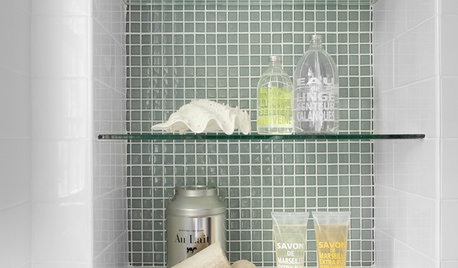
BATHROOM DESIGNHow to Pick a Shower Niche That's Not Stuck in a Rut
Forget "standard." When you're designing a niche, the shelves and spacing have to work for your individual needs
Full Story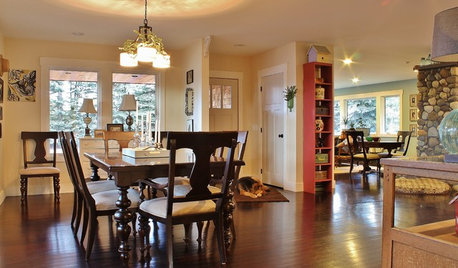
HOUZZ TOURSMy Houzz: Renovated 1912 Farmhouse Radiates Warmth and Charm
A Russian fireplace anchors a Washington family home filled with inherited, salvaged and flea market pieces
Full Story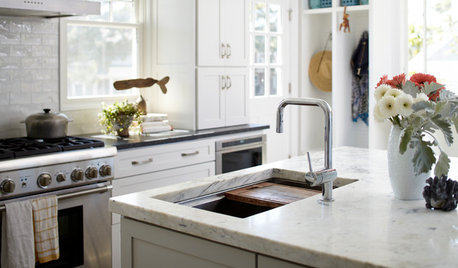
KITCHEN DESIGNKitchen of the Week: Double Trouble and a Happy Ending
Burst pipes result in back-to-back kitchen renovations. The second time around, this interior designer gets her kitchen just right
Full Story
HOUZZ TOURSMy Houzz: Goodwill and Good Taste in a Grand Colonial
Welcoming the community for charity fundraisers and more, this Massachusetts home radiates graciousness
Full Story
DIY PROJECTSMake a Mod Solar Lamp Trio for the Garden
What’s that hovering ethereally in the dark? A set of cool globe lights showing off your DIY ingenuity
Full Story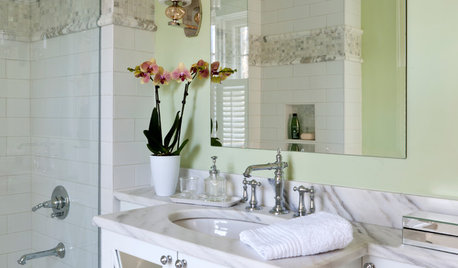
BATHROOM MAKEOVERS21st-Century Amenities for an Old-Time Show House Bath
Updated but appropriate features help an old-fashioned bath in the 2014 DC Design House align with modern tastes
Full Story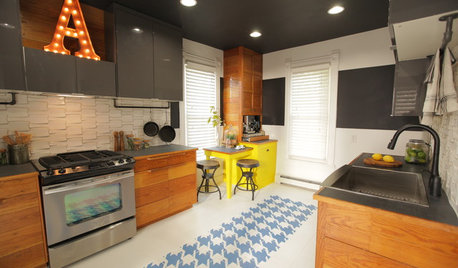
BEFORE AND AFTERSMixing Vintage and Modern in an Urban Family Kitchen
See an ad hoc kitchen become full of character, hipness and — above all — function
Full Story
FLOORSIs Radiant Heating or Cooling Right for You?
Questions to ask before you go for one of these temperature systems in your floors or walls (yes, walls)
Full Story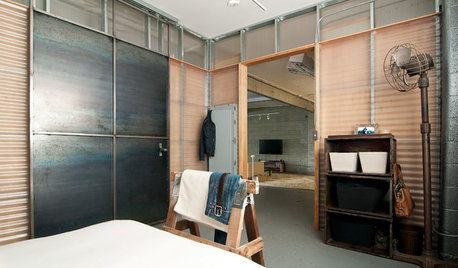
BUDGET DECORATING12 Ways to Get the Industrial Look for Less
Shop surplus, raid the hardware store and press black paint into service. Your budget will warm to these ideas for cool industrial style
Full StorySponsored
Central Ohio's Trusted Home Remodeler Specializing in Kitchens & Baths





baymee
kframe19
Related Discussions
Radiator fins on hotwater pipes in unfinished basement
Q
Old radiator pipe/fitting size
Q
Old radiator pipes leaking
Q
NYC Building code - radiator and pipe color
Q
Brewbeer
baymee
hobbs67Original Author
Brewbeer
kframe19
hobbs67Original Author
kframe19
hobbs67Original Author
kframe19
hobbs67Original Author
kframe19